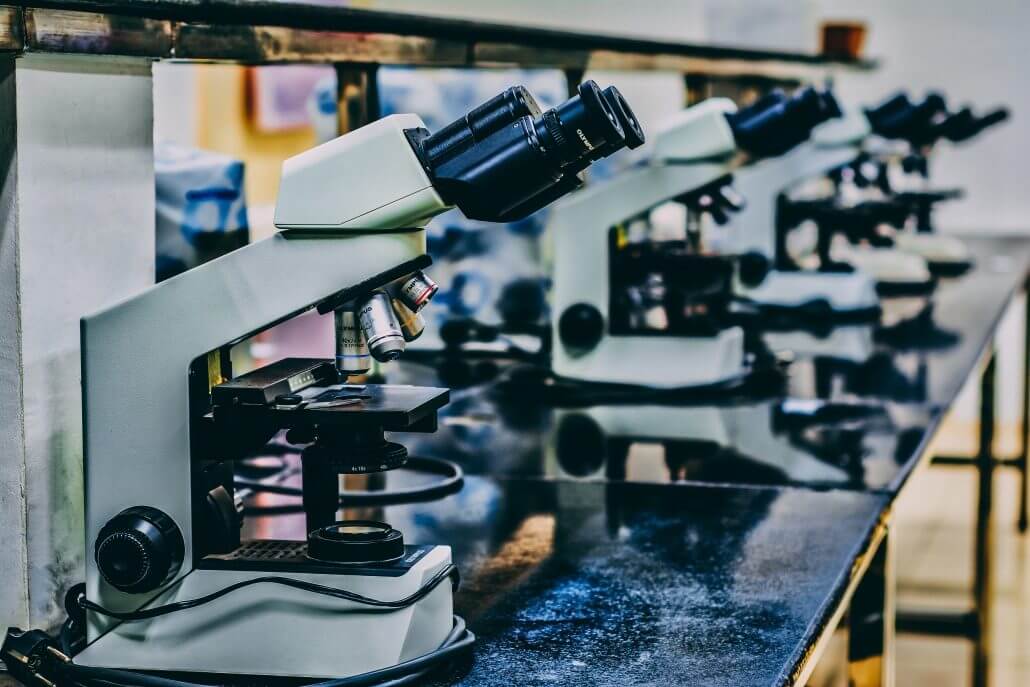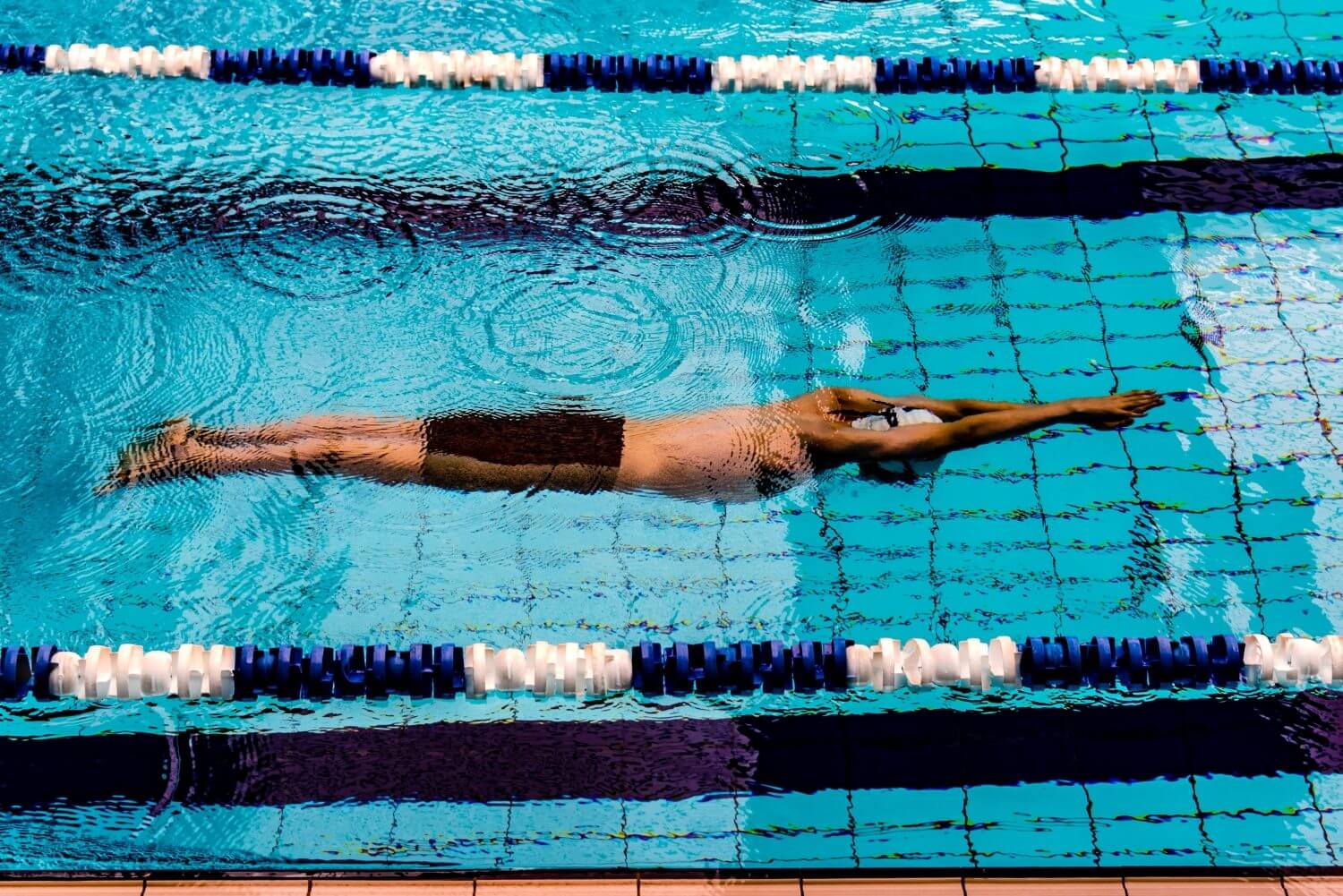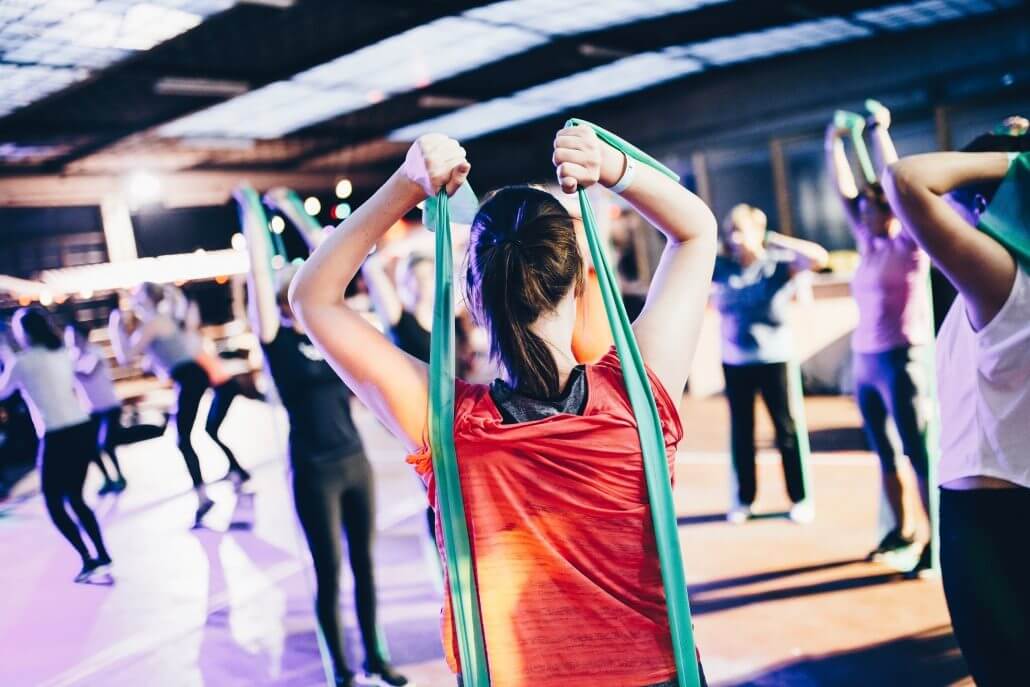PHYSICAL ACTIVITY AND MOVEMENT PART 6
In this post, we’re going to get into a little bit of science. We’re going to discuss the concept of genetics and epigenetics, and understanding your body’s individual design.
Now the first big concept is something I’ve emphasized throughout the entire series:
Our bodies are designed, meaning genetically adapted, to have daily physical activity and movement as a part of our life.
We thrive when we honor our body’s design, and this is foundational. All of us, regardless of differences in our genetics, are designed for physical activity and movement, and we need to honor this. We will maximize positive genetic expression by maximizing our movement potential and honoring our body’s function.
A sedentary lifestyle dishonors the body’s design and leads to negative genetic expression.
Some studies have suggested that a sedentary lifestyle is equivalent to smoking in regards to the harm to our health and lifespans. This makes sense. If our bodies are designed for movement, and we spend most of our time sitting or lying down, then our bodies will deteriorate, which means our health deteriorates, and we will not feel good.
Every one of us knows this. If you sit at a desk all day, hunched over, by the end of the day, you’ve experienced the neck pain, back pain, numbness or tingling in the arms and fingers, headaches, and many other consequences of this unnatural posture sustained over a long period of time.
We know that in modern industrialized countries, many people get out of bed, and after a brief period of getting themselves organized, sit in a car, then sit at a desk, then back to the car again, followed by a sit on the couch, and then go back to bed. This completely dishonors the body’s design. It’s no wonder so many people are experiencing biomechanical breakdown and diseases of the physical body and are riddled with pain.
Allow me to get up on my soapbox for a moment.
If the root cause of your pain and your physical diseases is an unhealthy pattern of movement, then no medication can restore this for you. No medication can solve the problem. All they can do is give you brief symptom relief, but the underlying problem will progress. You’ll not experience the life you want if this continues. You must adopt this habit if you want to experience your best health.
I won’t go into the details of all the negative impact of sedentary postures, but I think you can picture it in your mind. Picture very quickly sitting at a desk, shoulders rolled forward, head forward, staring into a computer screen for hours. Picture sitting in a car, and then sitting on the couch. And then picture a healthy, upright human body, and picture a body that’s in proper posture, and with proper movement. You’ll know these two things don’t go together.
Now, I’m not suggesting that you’ll have to quit your job. But you will have to become intentional about how you engage your body every day. This is very important.
Genetics
So let’s briefly cover the idea of genetics. Epigenetics is the concept that at any given moment, your DNA is expressing a version of you in response to the messages it has received. It can express a healthy you or a sick you, a lean you or a heavy you, a feel-good you or a not-feeling-good you. This is based on the messages it receives. Your body is constantly taking in messages from your environment and your habits.
Your physical body is taking in messages through actual pressure on mechanoreceptors on your cells. This leads to a change in genetic expression. Your body is literally responding to the physical pressures it’s experiencing throughout the day, and changing its function in accordance with this.
>
“If the root cause of your pain and your physical diseases is an unhealthy pattern of movement, then no medication can restore this for you.”
So it’s very important to get these inputs right if you want to genetically express the healthy, feel-good version of you. There’s simply no way around this. That’s what this program is designed to teach you.
Individual Genetics
Then there’s individual genetics. Each one of us has variations in our DNA when compared to others. It’s beyond the scope of this blog to go into all the differences, but just know that there are many. Now, some of these differences have to do with our physical capabilities. While we can all optimize our genetic potential, there are some limitations based on our genetic potential.
Some of us are engineered more towards power, and others towards endurance. There can be a balance of these two, but often, one or the other is predominant. Some of us produce a greater inflammatory response after experiencing the stress of physical activity, and it can take longer for us to recover. Some of us have differences in our connective tissues that affect our mobility or our strength capabilities. The list goes on and on.
Genetic Blueprint
We all have a genetic blueprint for our physical health. You can actually learn about your genetic blueprint using genetic testing through companies like DNAFit. This will help you better understand your blueprint.
I can tell you that I’ve done a DNAFit test, and it basically told me what I already know. I’m geared more towards endurance than power, that it takes me longer to recover from activities that intensely engage my muscle groups, and my mobility is relatively limited.
>
“While we can all optimize our genetic potential, there are some limitations based on our genetic potential.”
You don’t have to do these DNA tests to understand yourself. You probably have a good sense of your intrinsic capabilities already. However, this is different from what we were often taught in middle school when we were all pushed into a very similar paradigm of physical fitness, including weight lifting routines and sprinting routines.
You can gear your physical activity program towards your genetic blueprint and optimize your results. It’s important to understand these differences. They are real and they impact you. If you had a profile like mine, and you decided CrossFit was the workout for you, you would definitely struggle. I’m not criticizing CrossFit; I’m just using it as an example. I would never be good at CrossFit. I would be excessively breaking my body down on a daily basis, not having adequate recovery times, and trying to maximize an attribute that I’m just not genetically gifted for. That gives me the freedom to know that CrossFit’s not for me, although it’s great for others.
Doctor’s Conclusion
Your genetics will play a major role in determining the best balance of your physical activity program. Think about this and begin to journal a bit about what you think your natural attributes are. This comes from your ancestry. It probably has a lot to do with the lifestyles your ancestors had to live to survive.
I’m Northern European, mostly British Isles. I suspect my Scotch-Irish ancestors spent a lot of time walking up and down hills, digging tubers out of the dirt. I suspect that they spent a lot of time plodding around. And guess what, I’m a good plodder. I can plod up a mountain, and plod many places, but I’m not particularly powerful or fast. I’m just fine with that. I just want to feel good and be healthy. I can be a very healthy plodder.
>
“Your genetics will play a major role in determining the best balance of your physical activity program. Think about this and begin to journal a bit about what you think your natural attributes are.”
Think about the areas that are easy for you and the areas that are challenging. Additionally, think about how to honor that. Think about where your ancestors may have come from and how it informs this. It gets you much further down the path of honoring your specific body’s design.
But before we leave this blog, I’ll reiterate that all of us are genetically designed for movement and physical activity. There are just differences in the best programs for each of us.
Please continue to follow along in this series and like us on Facebook!








